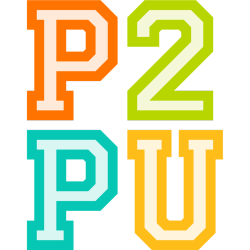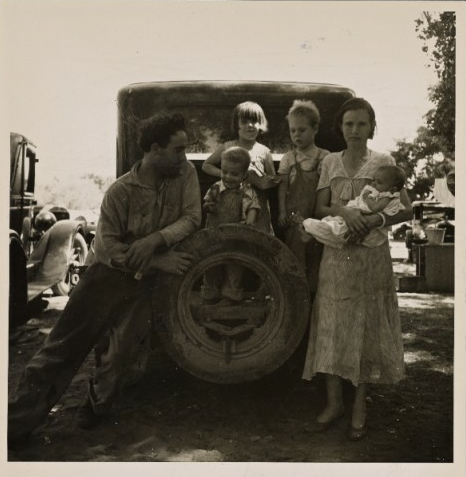Henry Rollins had dropped out of college and was working at a Haagen-Dazs in Washington, DC when he joined the seminal L.A. hardcore punk band Black Flag in 1981, a career move that would shape the rest of the singer/author/actor/activist’s life. And although he left higher education for a more individualized path, Rollins has a very high regard for the potential of a good education to change people’s lives.
We’ve previously featured Rollins’ motivational Big Think talk to young people on the dangers of resentment. In the short, but equally inspiring, talk above–from the same set of interviews–Rollins describes education as the engine of a democratic society, “the great equalizer.” For Rollins, education is the key to a “more vigorous democracy.” And although he makes some arguable claims about the possibility of educational reform to substantially diminish the effects of institutionalized racism and poverty, his view of what an education should be corresponds to what educational reformers have stressed for decades—that moving to a focus on critical thinking, rather than “teaching to the test,” is a shift that needs to happen in order for students to become curious, intentional, and independent learners and, ultimately, free and independent citizens.
Rollins speculates that certain political actors and vested interests deliberately block educational reform to maintain the status quo. Whether or not you accept his analysis, there’s no denying that the state of primary, secondary, and higher education in the U.S. is dire, and the functional efficacy of our democratic process seems constantly in jeopardy. Alluding to the dictum attributed to Thomas Jefferson (who may not have actually written this) that “An educated citizenry is a vital requisite for our survival as a free people,” Rollins believes that educational reforms offer “the way out” of our current political gridlock and of the despairing situations underprivileged people are born into. I think he makes a pretty compelling case in just under four minutes.
Josh Jones is a doctoral candidate in English at Fordham University and a co-founder and former managing editor of Guernica / A Magazine of Arts and Politics.







